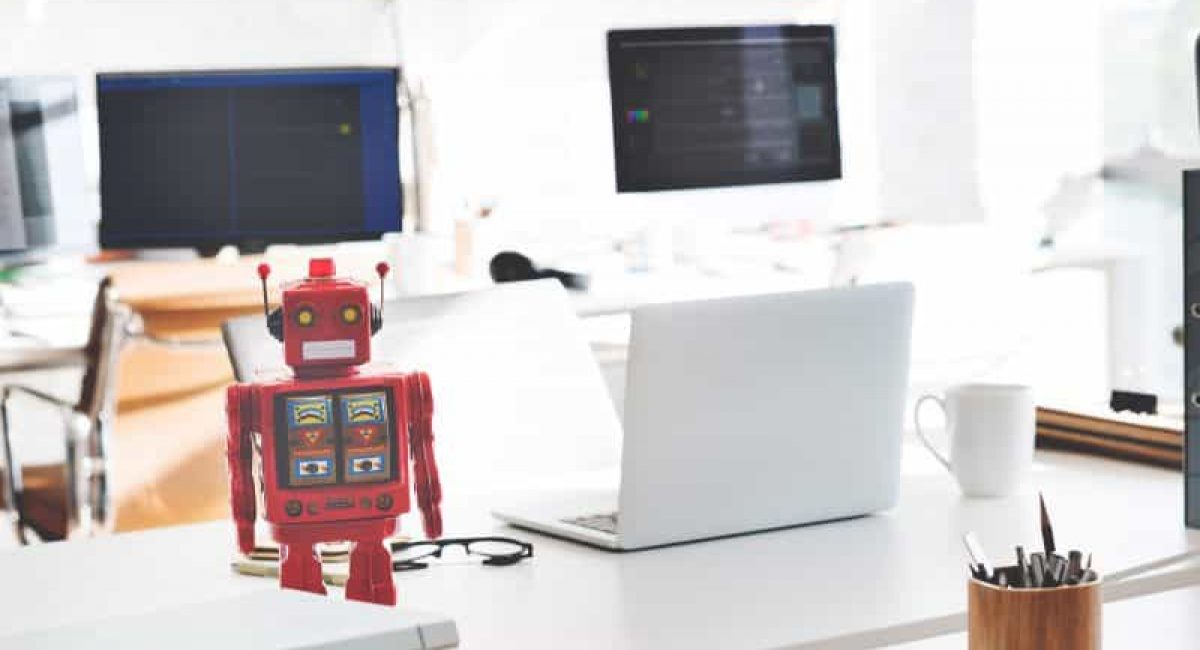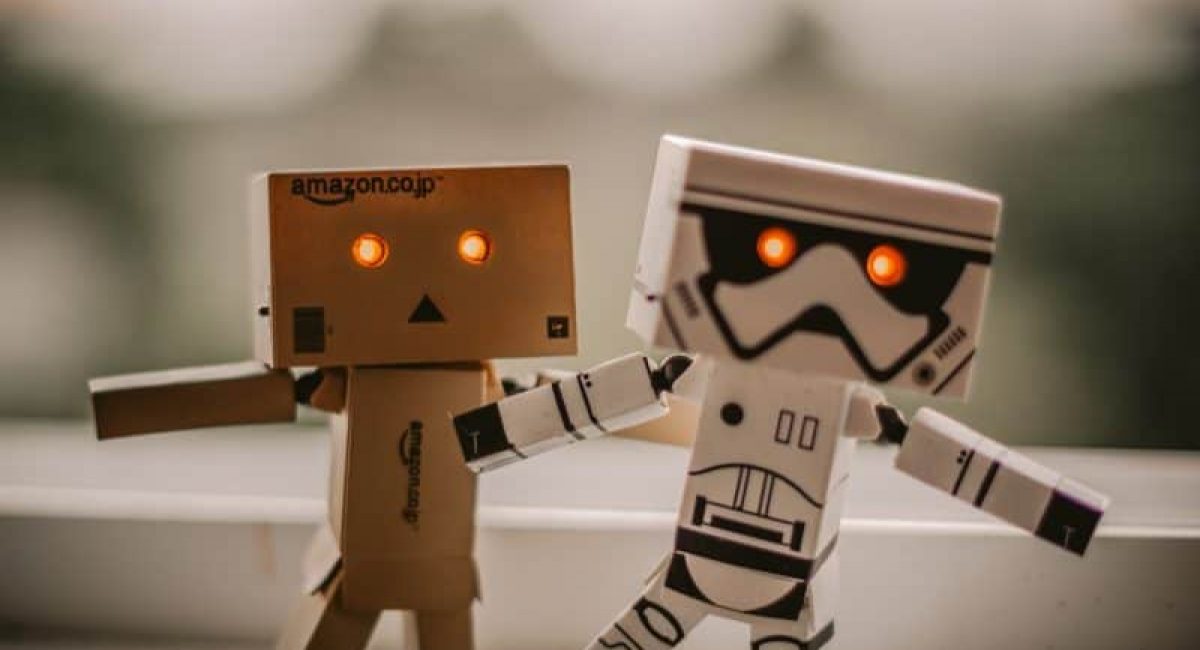Artificial Intelligence

By Nilesh
I’m Maxine, retired librarian, researcher, medical trend enthusiast and now blogger for RMF. In this blog we’ll look at medical devices and trends enthusiastically and critically. We might ask some tricky questions and, with your help, try to figure out what the solutions might look like. We hope you’ll give us suggestions as well as raise your own questions
Lets start with AI. RMF Design and Manufacturing has strong experience and expertise in this area [need specific examples] Their engineers continue to contemplate the conundrum of how to make a device driven by a self-changing programme acceptable to the regulators.
AI is the solution to Everything, as long as it stays a little stupider than its inventors. I deduced, from my research, that the following features are necessary in new devices.
- They must profoundly improve the user’s life, often in relation to a problem the user never knew he had
- They must connect to the cloud, the doctor, Mommy and everything else
- Powered, of course, by Bluetooth
- Membership of the IoT
- They must be either invisible, look really good, or be used in private (this does not apply to mobility devices: exoskeletons, wheelchairs, etc.)
- Driven by AI programmes – or not?
AI enhanced devices change with use. Herein lies the rub. As CEO, Richard Fine (my little brother) explained,
“I personally find the use of AI in medical products very confusing. Big companies that have created digital assistants are also managing to lose customers’ data to hackers. The regulations regarding medical product design and manufacture and the storage of patient data, are very strict. The standards for the design and implementation of the software are onerous and would require a lot of disclosure to regulators in order that they could determine whether the standards are being met or not. Furthermore, the standards specify a stringent set of procedures that must be followed and also specify how the software must be tested.
He continued, “Artificial Intelligence implies programs that learn, i.e. change over time. How can an AI software developer prove that their software meets the design and testing requirements for medical devices if the software changes itself over time? I feel confident that the AI software and digital assistant software of today will not meet these standards. So, the big question is:
‘How would AI or digital assistants that are incorporated into medical products be made acceptable to medical regulators?’”
I wonder if scientists at ETH and Vicarious AI have any contributions to the big question.
AI was used by a team at Eidgenössische Technische Hochschule Zürich (ETH) to model the motion of ANYmal, an AI dog, “to strike a balance between moving efficiently, using the least amount of power, avoiding slips, and maintaining stable motion. All of these need to be taken into account when doing basic locomotion tasks, like moving in a straight line or running in a circle. The AI discovered a trotting gait similar to that of a four-legged animal that was most efficient to achieve speed without falling over. It also learned to roll over and pick itself back up after being pushed over, which could come in handy when crossing rocky landscapes. Or, it could help it fight back when researchers insist on shoving it in the name of science.”
http://robotics.sciencemag.org/content/4/26/eaau5872, https://www.newscientist.com/article/2190890-robot-dog-taught-itself-to-get-back-up-when-people-kick-it-over/


Robots imbued with a certain kind of common sense may soon be able to follow instructional diagrams to build things according to scientists at Vicarious AI. They designed a robot operating system that can understand the basic ideas conveyed in schematic instructions and translate those ideas into action. “If robots could represent and infer high-level concepts, then it would notably improve their ability to understand our intent and to transfer tasks between different environments. To that end, we introduce a computational framework that replicates aspects of human concept learning…By bringing cognitive science ideas on mental imagery, perceptual symbols, embodied cognition, and deictic mechanisms into the realm of machine learning, our work brings us closer to the goal of building robots that have interpretable representations and common sense.
(http://robotics.sciencemag.org/content/4/26/eaav3150, https://www.sciencenews.org/article/new-robots-follow-instructions-diagrams-pictures?utm_source=email&utm_medium=email&utm_campaign=latest-newsletter-v2)